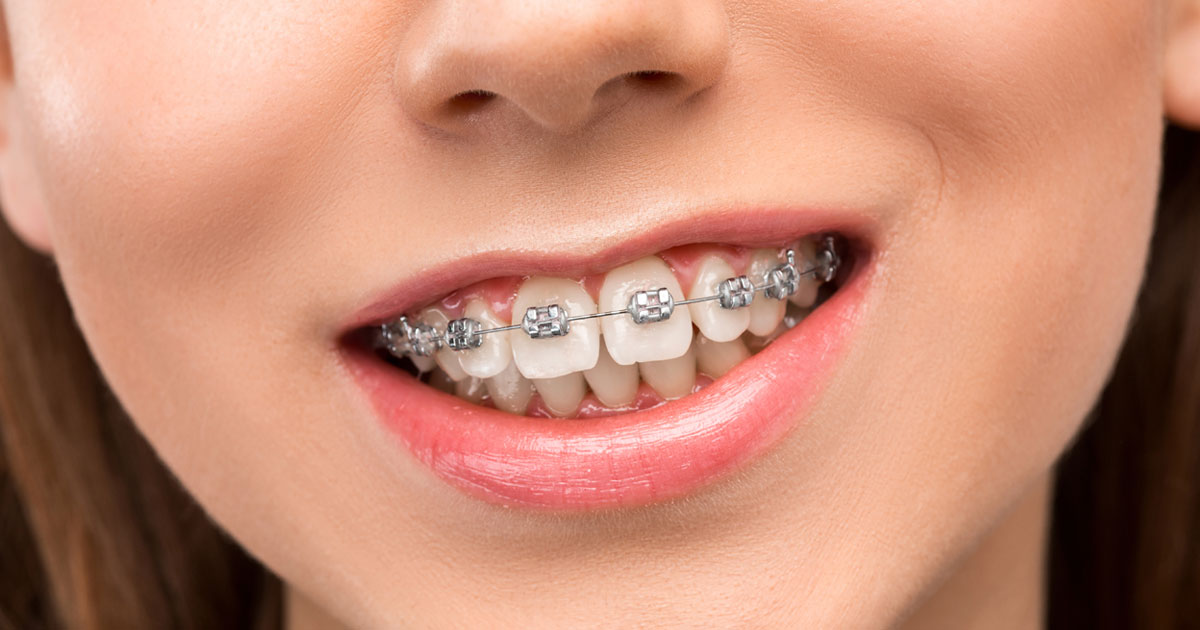Orthodontics

Suffering from uneven bites, or an uncomfortable protrusion from your jaw? Not only will our expert team of dentists fix things for you – they’ll do it in such a way that you may feel and look better right after.
An orthodontist is known as “the dentist who puts braces.” While that is true, orthodontists put braces on their patients to align their teeth and fix their bite. The result is an improved set of straight teeth and a proper bite, which gives the patients another reason to keep smiling. Orthodontists also address the patient’s facial profile needs. Patients who are conscious with their profile will be pleased to know that orthodontics can improve the way the lips position themselves at rest, and fix non-functional bites without jaw surgery. The state of the art technology in orthodontics has made the diagnosis and treatment of once-difficult cases into easier and more pleasant experiences.
In this section, Dr. Martin Reyes, DentPhix’s resident orthodontist, answers some of the questions you’ve always wanted to ask.
Q: When is the best time to have orthodontic treatment?
A: The usual age to have comprehensive orthodontic treatment is when all the permanent teeth are in place. This is usually between ages 11-13, or during the adolescent stage. Treatment during this age is usually faster, because the teeth respond quicker to the initiated movement. But there is no age limit for braces--even adults can have braces.
It is advisable to have a child’s teeth checked by an orthodontist by the age of 7. This is called Preventive and Interceptive Orthodontics. Even if there is still a considerable amount of baby teeth at that age, the orthodontist can monitor the bite and develop a profile during this stage. If there are already problems during these early stages, the orthodontist will be the first to inform you, and present the best possible treatment to ensure that the permanent teeth come out properly.
Q: How long does it take?
A: The average time span for orthodontic treatment is 2 years. It can be longer or shorter, depending on the severity of the diagnosis. I usually tell my patients that it will take around 24 visits to fix the bite if the situation is not that severe.
Q: Why do I need extractions?
A: We usually do extractions to create space for very crowded teeth. With the development of the newer types of braces, we also remove teeth for improvement of the facial profile.
Q: Will I need retainers after my braces?
A: While it’s true that your teeth will constantly move throughout your lifetime, it is advisable to wear the retainers full-time for 1 year after the braces are removed. If it remains a priority to keep your teeth straight and your bite close to the way it was when it was corrected, you can wear the retainers during your sleep after the first year.
Q: How can braces fix my profile?
A: Patients who have difficulty in closing their lips or who are conscious of protruding teeth will be glad to know that orthodontic treatment can address these needs. Usually some of the premolars (the big teeth towards the back of the mouth) are extracted to facilitate this type of procedure. But of course, diagnostic records are required for us to make the correct assessment.





